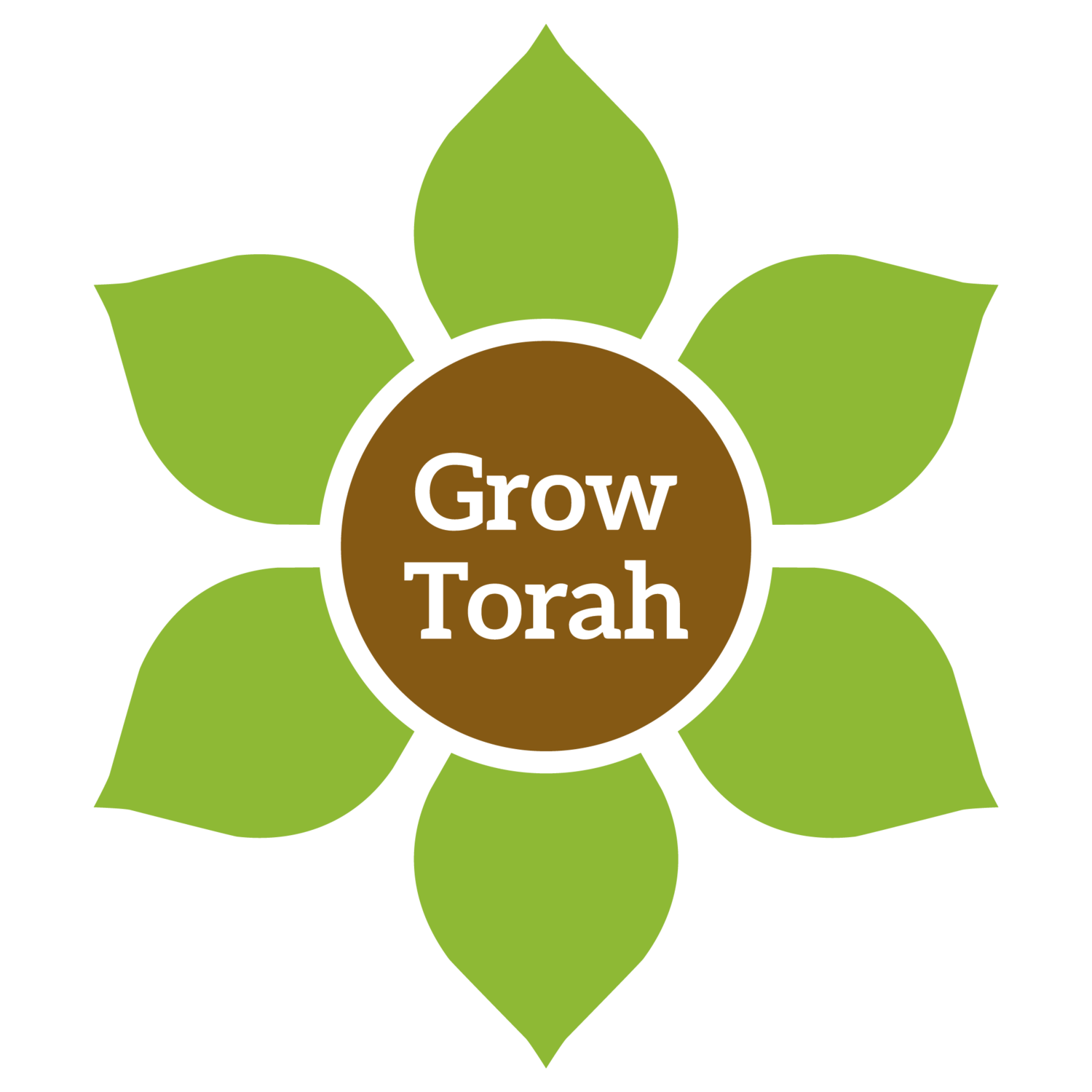Balak: The Nature of Bil’am’s Prophecy
Original author - Ilana Stein, edited by the GrowTorah Summer Inchworms 2021-2022
View the Accompanying Source Sheet Here
In Parshat Balak, a non-Jewish navi, named Bilaam is hired by King Balak of Mo’av to curse Bnei Yisrael, only to find himself proclaiming four blessings instead. Each blessing builds on the one before it, each more sophisticated and far-seeing than the last. The third blessing is the first to embrace symbolism. Specifically, it is rich in imagery taken from the natural world.
The third blessing begins with Bilaam’s most famous statement: “Mah tovu ohalecha Ya’akov, mishkenotecha, Yisra’el” - “How goodly are your tents O Jacob, and your tabernacles, O Israel.”[1] But the pasuk that follows is less well known: “Like the winding brooks, like gardens by the river’s side, like aloes which the Lord has planted, and cedar trees beside the waters.” Upon close inspection what is notable is that the verse does not follow any of the patterns used in Biblical poetry—neither A-B-A-C (staircase parallelism) nor A-B-B-A (chiastic structure) nor even the style of the previous verse, where the first half of the verse is simply parallel to the second. Here, one of these things is not like the other - one body of water is followed by a list of three types of flora; one desert plant is put in the middle of three references to water. None of the usual structure patterns mentioned above seem to fit.
Various commentators offer different explanations. Ibn Ezra sees trees as something implied in the first image of the river, as trees usually do grow next to winding rivers or brooks[2]. This would make the verse chiastic, with trees bookending the planted gardens and aloe. The Da’at Mikra[3] takes this one stage further: the word “nachal” most often refers to a riverbed, as opposed to an actual flowing river, usually within an arid or desert ecosystem. Such riverbeds are sandy and dry, there is no surface water for most of the year, but they can be seen from afar since greenery and even large trees grow next to them, marking them clearly within the vast expanse of arid land. In southern Africa, it is these slivers of green, toward which the elephants head in the dry season. Here they dig down into the desiccated sand with their front legs until brackish water oozes out from the depths and they can drink.[4]
If we look at the general ecosystems in which these plants or rivers are found, rather than the plants themselves, we find the verse in fact has an A-B-A-B structure:
A – “nachal” – riverbed in a desert environment
B – “nahar” – greenery next to a broad river
A – “ahalim” – aloes (plants that usually live in semi-arid or arid areas)
B – “arazim alei mayim” – cedars that stand next to water (tall trees that require great amounts of water to grow)
By this understanding, the verse actually follows a standard parallel structure, containing a repeated image of two kinds of biomes or ecozones: a desert with aloes and a river that flows only rarely, and a more temperate zone with a perennial river and cedar trees. In Egypt and Israel both biomes were well-represented. Bnei Yisrael knew the desert environment intimately, as well as the power of the Nile River, and eventually the Jordan, to create “gardens” on its banks.
The parallel structure, therefore, conveys an understanding of these two ecosystems as distinct and diverse, while communicating an appreciation for the power and beauty of nature generally. The natural imagery in Bilaam’s prophecy becomes a cry for us to reconnect with the world in which Hashem placed us. On both a poetic and philosophical level, the Torah teaches us to appreciate nature—and to react with praise of its Creator. Hashem did not create such a spectacular world merely to provide food and industry, but also to bring us beauty. If one truly sees all of nature in its complexity, beauty, and harmony, one’s reaction might more often be the same spontaneous outburst of David Hamelech in Tehillim: “Mah rabu ma’asecha Hashem, kulam bechachmah asita, mal’ah ha’aretz kinyanecha” - “How diverse are Your works, Oh Lord! You make them all with wisdom, the world is full of Your possessions.”[5]
Suggested Action:
Take stock of the ecosystem in the place you inhabit, and anywhere new you visit. Learn about the native flora and fauna, as well as factors in the local climate. Mark and appreciate the differences between the places you experience.
Original Canfei Nesharim Sponsorships:
The Torah Portion of Balak is dedicated by Carrol Cowan: “In memory of my father, who lived justly, loved mercy, and walked humbly with his G-d.”
Click here to sponsor a parsha.
Notes:
[1] Bamidbar 24:5 Trans. The Jerusalem Bible. Koren Publishers Jerusalem LTD, Israel 1992. I have replaced ‘thy’ and ‘thou’ with ‘you’ and ‘your’ for clarity.
[2] Ibn Ezra, Abraham ben Meir ibn Ezra (1092 or 1093–1167), was one of the most distinguished Jewish men of letters and writers of the Middle Ages.
[3] Ad loc. Da’at Mikra, Y.Z. Moslowitz, Mossad Harav Kook
[4] Wild Ways, Field Guide to the Behaviour of Southern African mammals by Apps, Peter, Southern Book Publishers, 1992, South Africa
[5] Tehillim 104:24 (Trans. The Jerusalem Bible. Koren Publishers Jerusalem LTD, Israel 1992.)
